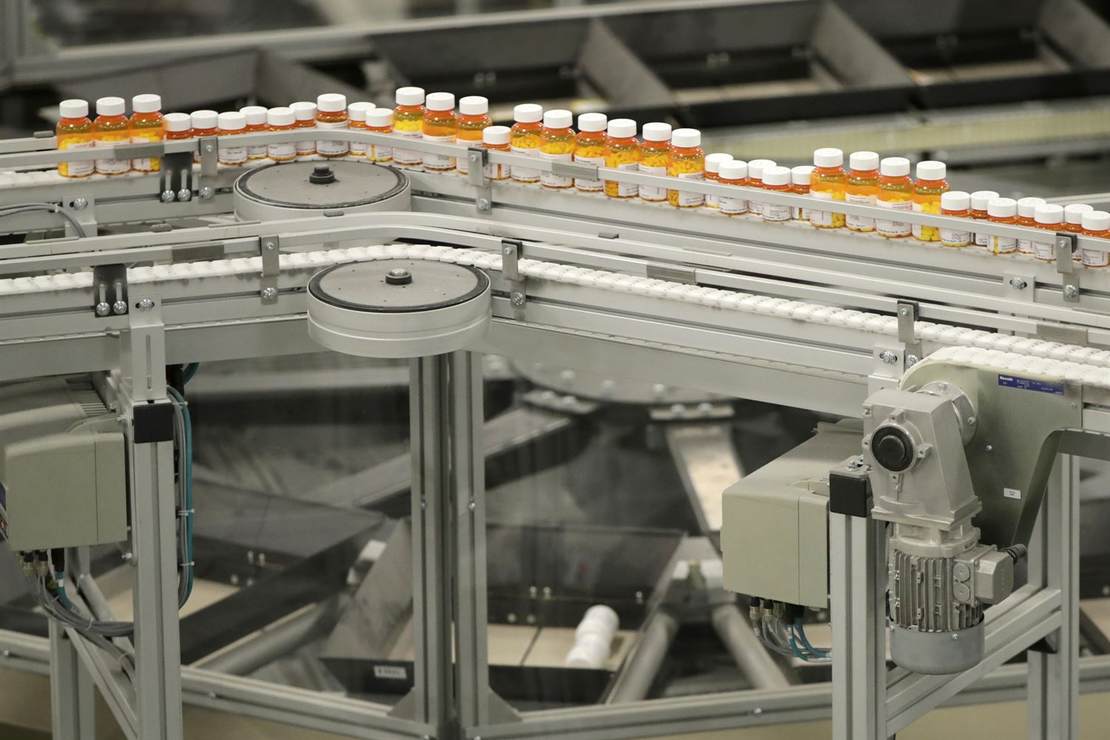
It’s never been easier to own an electric car, we’ve been told.
There are plenty of models to choose from. The government will subsidize your purchase, as well. And, above all else, it’s easy to find working chargers anywhere you go, right?
Yes, well, about that: One reporter in America’s heartland decided to see how easy it was to juice up a series of EVs. As it turns out, things weren’t quite as rosy as they are with regular gas stations.
According to the Cowboy State Daily, Wyoming-based automotive journalist Aaron Turpen test-drove a series of EVs to the Electrify America chargers at Target parking lots in the state capital of Cheyenne. Things didn’t go smoothly.
“My goal was to try the charging stations, talk to the people who also use them, and find out what the current (see what I did there?) state of EV charging is in this part of the world,” Turpen wrote in an article published earlier this month.
“My conclusion is that it’s still pretty hit and miss.”
Turpen used three electric vehicles, none of them downmarket slouches: the Mercedes-Benz EQE, a BMW i4, and Genesis GV60. All of them use the same charging protocol and plug, the SAE CCS1.
Furthermore, all of the charging stations in the Target parking lots use the SAE CCS1 standard, which is the protocol for almost all fast-charging EVs that aren’t Teslas. It’s worth noting, however, that Tesla’s NACS standard has won out and automakers will begin changing over next year — but that’s not exactly the point of the story.
The chargers should have a charge rate of 350 kilowatts an hour, which is relatively standard Level 3 charging speed.
Furthermore, Turpen said he visited the charges during non-rush hour times — between 11 a.m. and 3 p.m., all during the work day, although many were busy during lunch hour — and all of the cars used were from the manufacturer’s press fleets, meaning they should, theoretically, be in tip-top shape.
“During the first week with the Mercedes-Benz EQE, I charged the vehicle two times at the EA stations. The first charge started with the EQE’s battery at about 53 percent and it was charged to 82 percent after a total of forty minutes of charge time,” he noted.
This is partially due to the battery management design of the Mercedes, which limits it to 180 kW charge power. While batteries generally charge faster the lower the charge is and ramp up the fuller they get, this is a relatively slow rate of charge for a modern EV.
Furthermore: “There were several other cars at the charging stations that afternoon (the Mercedes was one of four) so the slow down could have been due to the other vehicles also using power.”
Turpen concluded that both the vehicle design and the other cars charging at the time was responsible for the slow charge rate.
At least that went smoothly, if slowly, though. The same couldn’t be said for the BMW i4.
Turpin’s first visit with the car, which starts at $54,000, came with just one other car at the Target charging station.
“I plugged in and spent about five minutes attempting to get a connection. The car would connect with the charger and begin taking a charge and then inexplicably stop the charge and claim a disconnection,” he wrote.
The other owner, who had a Volkswagen, said he was giving up and going to another Target to attempt a charge there. Turpen attempted a connection a few more times and finally gave up.
“I returned a few hours later and attempted to plug the BMW in again. Same result. During that visit, two other drivers pulled in to plug in and both had the same issue. Clearly it was Electrify America having troubles,” he wrote.
“A few days later, now at about 23 percent charge, I pulled in and plugged in the BMW i4 again. This time, charging worked fine.”
Well, “fine” depends on your definition of the word: The first plug was out of service and the second one required 70 minutes of charging to take the i4 from 23 percent to 98 percent. He also noted that while the i4 is supposed to have a higher maximum charge rate of 210 kW, it didn’t go any higher than 180 kW — the same as the relatively slow Mercedes.
And then there was the Genesis GV60. While the Hyundai-owned brand doesn’t make any claims about the maximum charge speed, Turpen said that after he did “some digging,” he found out that it was 230 kW, which wasn’t bad.
The first visit with the GV60 went fine, with just a half an hour to take the car from 58 percent to almost 100 percent. Things were spottier next time around.
“On the next visit, with the GV60 at about 40 percent charge, the EA plugs were again not working. Connections were failing and no credit card or membership app processing was happening at the plugs. More communications issues. Other drivers there were also not able to get a charge,” he wrote.
“I returned two days later and had no issues plugging in and getting recharged. This time, I was there about 40 minutes and charged to 96 percent from about 31 percent.”
Turpen also noted that other Electrify America users noted that the Level 3 chargers were “finicky.”
“From plugs not working to intermittent outages and broken connectors, it’s not a network with a perceived reputation for reliability. On the other hand, the phone app and connected ChargePoint and EVgo membership cards all work at the EA stations when the stations themselves are working,” he said.
Turpen was “less than impressed” with what he found.
“My conclusion from my own experience plus the experiences of those I spoke with at the chargers was that EV fast charging is definitely not really ready for prime time,” he wrote. “At least not in Cheyenne with the Electrify America stations. With more competition and with most plug-ins moving to the Tesla (NACS) standard, though, it will be interesting to see how the Tesla charging stations hold up with the higher usage rate.”
However, this is yet again more pie-in-the-sky thinking. The coast-to-coast network of commercially available, reliable Level 3 chargers hasn’t materialized, no matter how hard Transportation Secretary Pete Buttigieg, the Biden administration and the Democrats try to make it happen.
Of course, there’s the option of installing a Level 2 charger in your home — but the point of these networks is that cheap and reliable charging should be available anywhere in America. Maybe this works if you’re puttering around San Francisco, but the situation is more dire once you get into the heartland of America. Despite plenty of money being thrown at the problem, the problem persists — and this isn’t the first horror story we’ve heard along the same lines.
Imagine, if you would, a similar story regarding gas stations being this unreliable and slow. We’d be questioning the very viability of the automobile. But the thing is, they aren’t — and they haven’t been this unreliable for well over a century and counting now. The switch to the NACS protocol may solve some of the problems, but it will create others, and there are still reported problems with Tesla’s Supercharger stations, as well.
It’s yet more proof that the EV changeover dream is just that: a mere dream we’re chasing at a very expensive clip.
This article appeared originally on The Western Journal.




